IN FOCUS Company Insight
Sponsored by Metrolink
From earthquake alerts to zero-emission trains: Metrolink CEO on leading an award-winning transformation
CEO Darren Kettle explains how Metrolink Reimagined, from earthquake early warning to zero‑emission trains and student fares, is reshaping Southern California Rail.
Main image: An NH90 TTH of the Royal New Zealand Air Force. Credit: Gordon Arthur
DIVERSITY
MANUFACTURING LEADERSHIP
SAFETY
PERIMETER DETECTION
Will Laughton, Director at Perfect Bore Manufacturing, won the Diversity award for his leadership in restoring the UK’s sovereign defense manufacturing capabilities while championing diversity, inclusion, and workforce development within the industry.

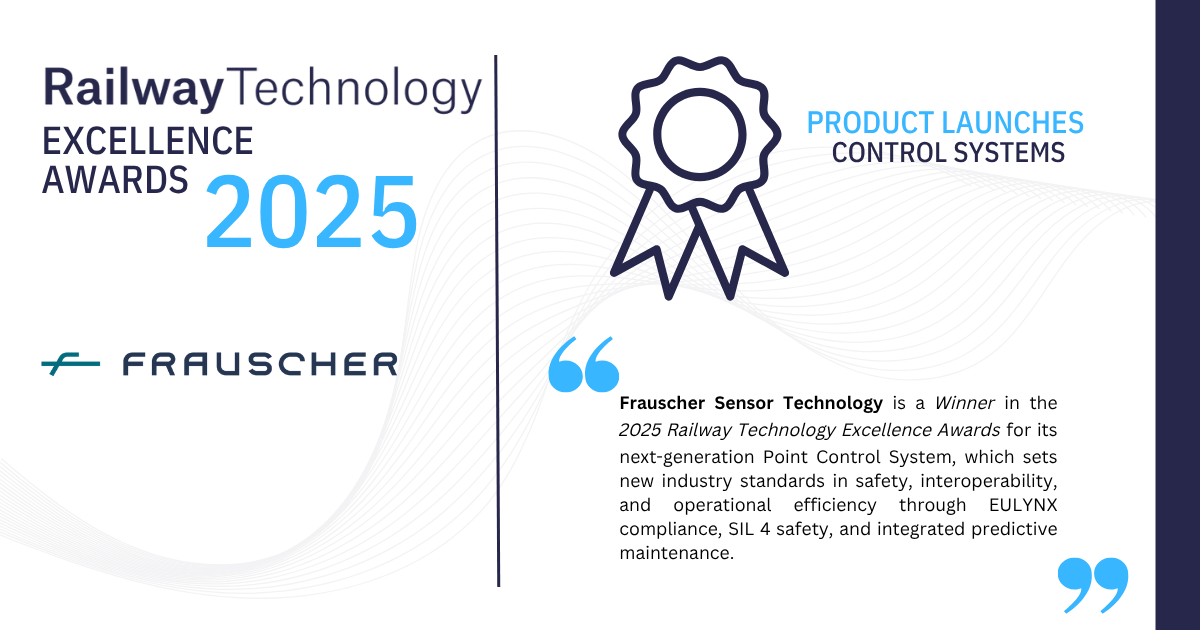

Darren Kettle, CEO of Metrolink
Darren Kettle, CEO of the Southern California Regional Rail Authority, which operates services under the Metrolink brand, discusses the agency’s transformation from a traditional commuter rail to a forward-thinking regional mobility leader.
In this exclusive interview, Kettle reveals how award-winning innovations – from earthquake early warning systems to zero-emission trains – are shaping a safer, more equitable, and sustainable future for Southern California’s rail network, all while navigating the challenges of funding, governance, and evolving passenger needs.

Darren Kettle, CEO of Metrolink
Metrolink is a recipient of three awards in the 2025 Railway Technology Excellence Awards.
Railway Technology: Congratulations on winning the 2025 Railway Technology Excellence Awards. How does this achievement reflect Metrolink’s broader mission and long-term vision for public transportation in Southern California?
Darren Kettle: These awards validate our commitment to innovation, safety, and equity. They highlight that Metrolink is no longer just a commuter rail system. We are evolving into a genuine regional rail provider that connects communities, reduces emissions, and expands access to opportunity.
Through this progression, which I call Metrolink Reimagined, we are charting a long-term vision that looks at how our service, infrastructure, and policies can transform mobility in Southern California.
The projects being recognised – the Student Adventure Pass, our Wireless Crossing Nearside Station Stop technology, and our Earthquake Early Warning System – are all examples of how innovation directly supports that vision. These initiatives improve safety, reliability, and accessibility, while laying the groundwork for how we serve the region in the future.
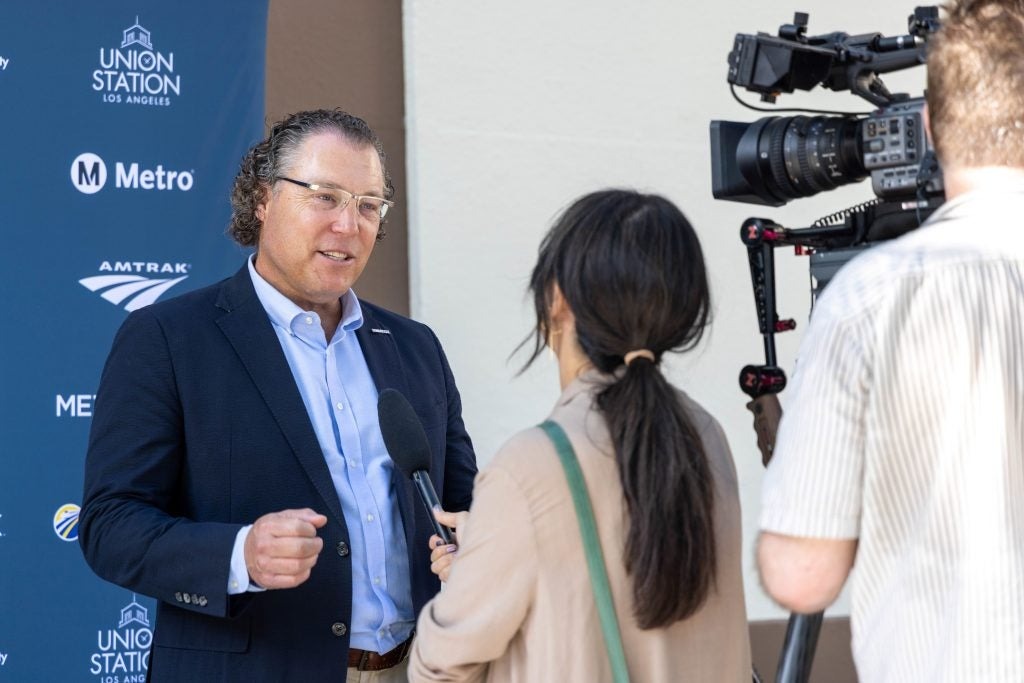
Credit: Frauscher
At the same time, we are currently piloting a major fare restructure that simplifies our pricing system. By making fares easier to understand and more predictable, we are removing barriers that have historically made transit harder to use. This clarity and simplicity also promotes equity, ensuring that more riders, from students to working families, can benefit from a system that works for them.
Together, these initiatives demonstrate that our broader mission is not just about running trains. It’s about delivering a more equitable, sustainable, and connected future for everyone in our region.
RT: Metrolink has been called an “organisation of firsts,” from renewable fuels to real-time earthquake detection. What drives this culture of innovation?
DK: The railroad industry has not traditionally been known for its nimbleness, but we have had to create a culture of adaptability at Metrolink. We see firsthand that the way people travel has changed since the pandemic, and we’re not afraid of challenging old assumptions.
Whether it’s zero-emission trains, real-time alerts, contactless payments, or pioneering safety technology, we encourage our teams to bring forward new ideas. Innovation is never about technology alone; it’s about building a mindset that puts the customer first and is willing to evolve.

Credit: Frauscher
RT: The Wireless Crossing Nearside Station Stop (WCNSS) technology has proven successful. What will determine how quickly this can be scaled?
DK: Funding is always the key factor. We’ve been fortunate to have federal partners through programmes like CRISI, and we’re grateful for congressional support. But rolling this out across all 52 eligible crossings will take time and resources. That said, the early results are demonstrating the tangible value these systems deliver to local communities, and our commitment is to keep advancing technologies that save lives and improve efficiency.
RT: Beyond crossings, what other areas of customer experience or operations do you see benefiting most from technology-driven solutions?
DK: There’s tremendous potential in AI and digital platforms to make the customer journey seamless, from personalised trip planning to self-service modules that improve customer-support wait times and drive efficiencies. We’re also looking at how technology can help us manage operations more efficiently, reducing costs while improving reliability. It’s about creating a system that is as smart as it is safe.
RT: Integrating USGS ShakeAlert technology into your Earthquake Early Warning system was a groundbreaking step. What was it like seeing it in action this year?
DK: We previously experienced real-world activations where trains were slowed, but in April of this year, a 5.2-magnitude earthquake near Julian, California, caused several trains to automatically stop for the first time.
While an earthquake is not usually a reason to celebrate, after many simulations in controlled settings, it was exciting to see the Earthquake Early Warning system do exactly what it was meant to do in real life!
This earthquake was a good test for whether and when we have a larger seismic event within our network. The results showed that we are well-prepared now for when it happens.
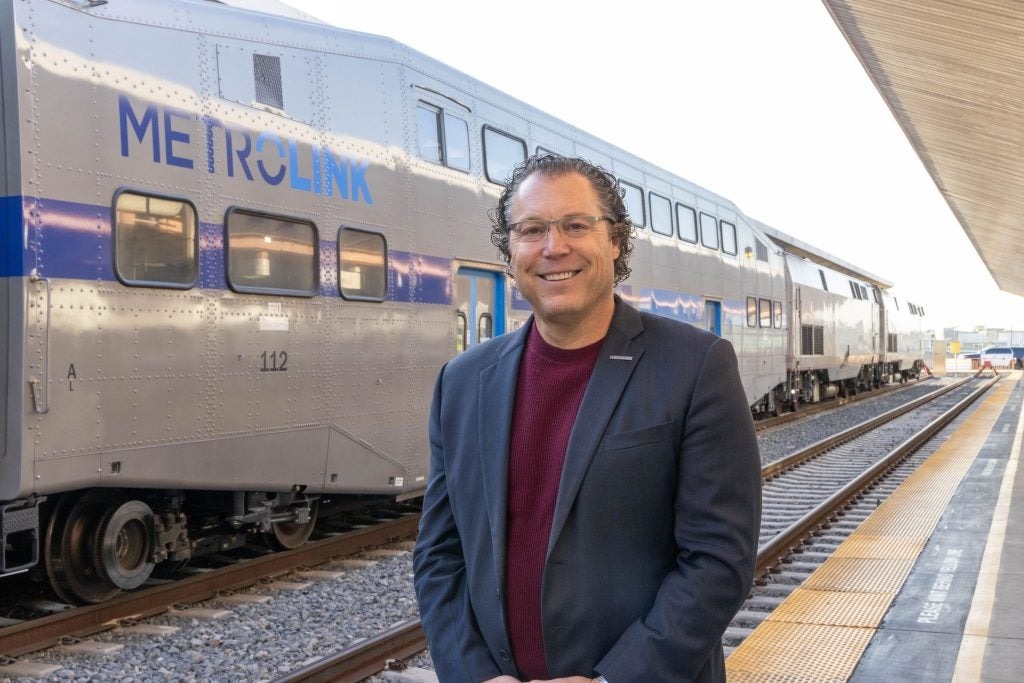
Credit: Frauscher
RT: Partnerships seem central to these initiatives. How do collaborations with federal agencies, local governments, and universities shape Metrolink’s approach?
DK: Collaboration is essential. Whether it’s Caltrans, the USGS, or local partners, we know innovation doesn’t happen in isolation. These partnerships allow us to test, validate, and implement at scale. Going forward, I see public-private partnerships as equally important, especially as we explore new technology and funding models.
RT: How does Metrolink incorporate feedback from riders, including students, into service planning?
DK: Feedback is central to our work. With programmes like the Student Adventure Pass, we partnered directly with colleges and students to design a programme that works for them. More broadly, we use surveys, community meetings, digital feedback tools, and staff physically on trains and at stations to stay close to our riders. Their voices directly influence the service and products we deliver.
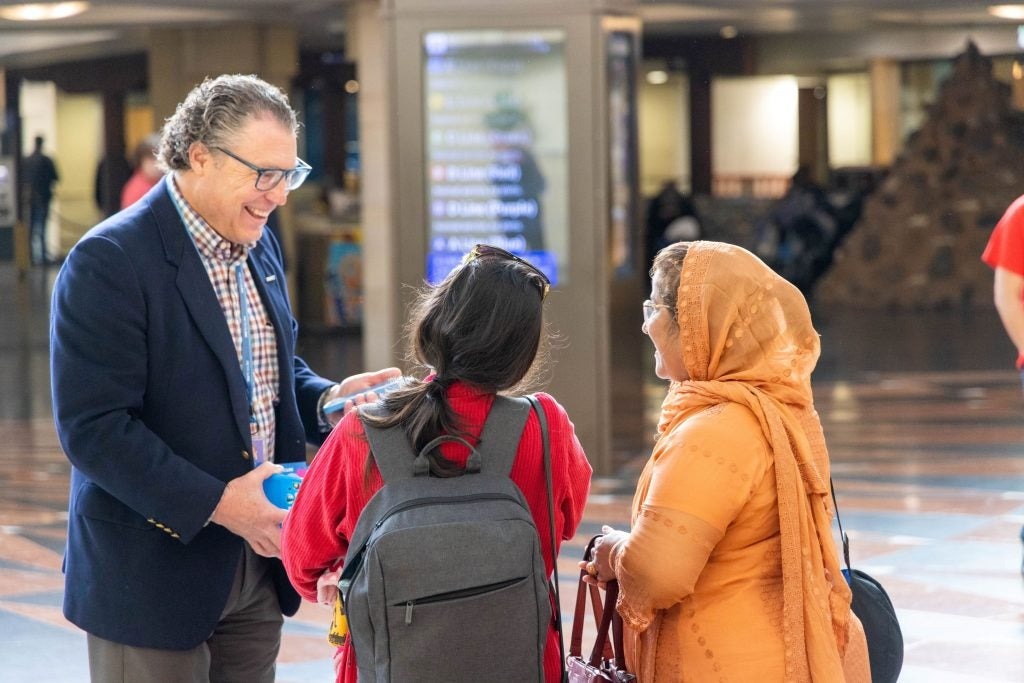
RT: Are there emerging technologies that particularly excite you for their potential in passenger rail?
DK: What excites me most is the momentum toward zero-emissions trains. At Metrolink, we see this as a collective journey that spans multiple technologies and innovations.
Our Zero Emissions Multiple Unit (ZEMU) pilot, launched on the Arrow service in mid-September, is a significant step forward, but it’s just one piece of a much larger effort to transition our fleet and operations away from fossil fuels. I’m also energised by how open payments and digital tools will make riding transit more intuitive, especially for people new to rail.
RT: What are the biggest challenges Metrolink faces as it continues to innovate?
DK: Funding and governance are always challenges, given that we serve six counties with multiple partners. But innovation requires persistence, and we’ve shown that even in a complex environment, we can lead the way. We’re building the organisational muscle to keep driving change, even when the path is complicated.
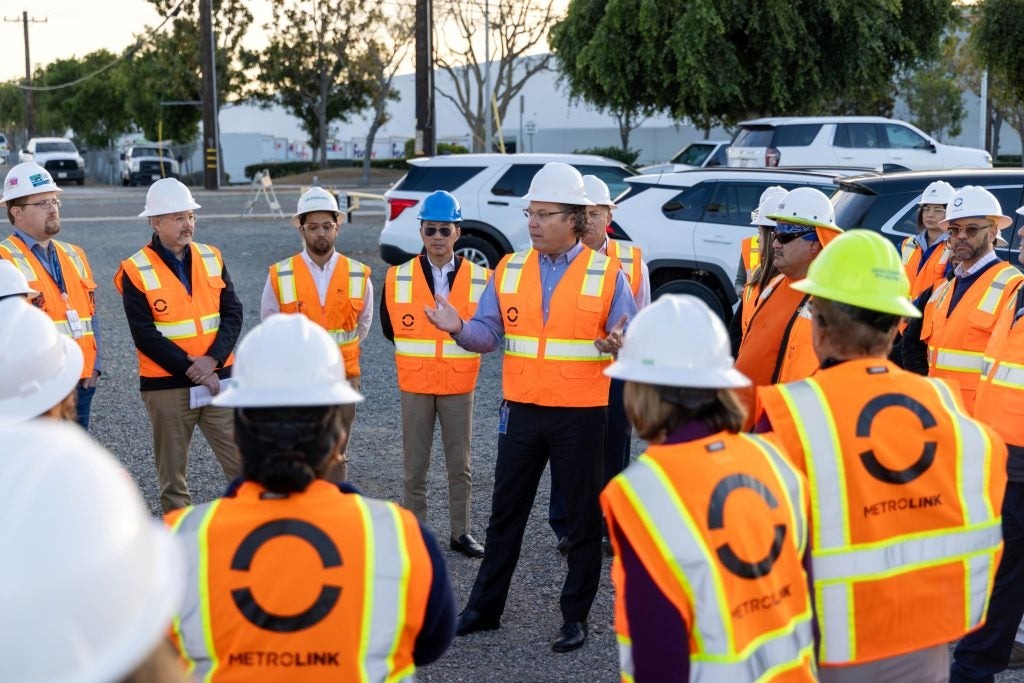
RT: Finally, what message would you like to share with current and prospective riders about Metrolink’s commitment?
DK: Our promise is simple: we will continue to put safety, innovation, and community at the centre of everything we do. We’re reimagining Metrolink so that riding the train is not only convenient and reliable, but also the best choice for how Southern Californians move and connect.
Company Profile
Perfect Bore is a premier provider of precision engineering services. They pride themselves on being the UK’s solution to long diameter to length or complex bore detail components. Having over three decades of experience in manufacturing precision tubular components, they are well equipped to deliver the future projects in hand.
Their expertise extends to working with high-temperature corrosion-resistant alloys such as Inconel, Monel, Hastelloy, and stainless steels, meeting the stringent requirements of major original equipment manufacturers (OEMs) and sub-tier companies.
Perfect Bore is a key supplier to the aerospace and defence sectors, with its bore solutions present in components used by leading manufacturers like Airbus, BAe, Goodrich Actuation Systems, Boeing, Moog, and Rolls Royce in projects such as the B787 Dreamliner, A400M, and A350. The company is committed to quality and on-time delivery, adhering to ‘just-in-time’ schedules and lean manufacturing initiatives to provide cost-effective solutions.
Perfect Bore maintains a fully accredited integrated management system compliant with AS9100:D/ISO 9001:2015, ISO 14001:2015, and ISO 45001:2023, and is the NDA’s Supply Chain Charter for Nuclear Decommissioning Sites.
We are honored to receive the 2025 Army Technology Excellence Awards, which reflect our commitment to innovation and excellence in supporting the British Army with cutting-edge barrel technologies, and strategic growth.
Will Laughton, Director, Perfect Bore Manufacturing
Contact information
Metrolink Information Center
900 Wilshire Blvd, Ste 1500
Los Angeles, CA
United States
Tel.: (213) 452-0200
Web: metrolinktrains.com
- Biffa internal savings data, average saving (January - August 2023)
- Nisbets internal savings data, average saving (January – September 2023)
- Compliance365 internal data, average savings
- HEINEKEN UK data, Calculations based on SmartDispense® active accounts each year since 2015 with 10 lines
- Independent test results based on subterranean and ground floor pub cellars of varying sizes
- Independent test results based on subterranean and ground floor pub cellars of varying sizes


